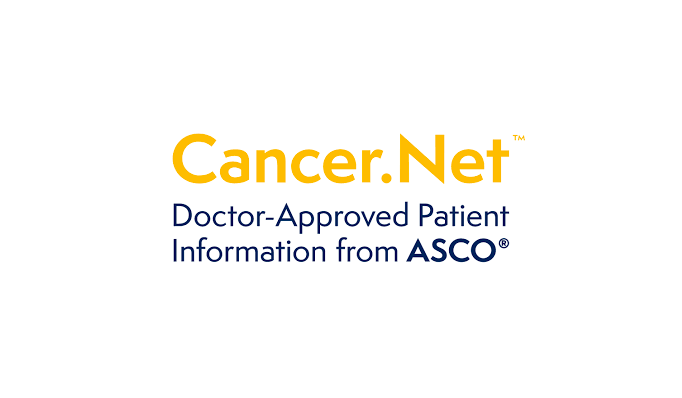Today’s consumers are hyperconnected. They pore over Amazon reviews, ask friends and family, and research product features online before pulling the trigger on a new purchase. The days of taking the Sears dishwasher salesman at face value are over. Peer influence and validation have gone from soft nice-to-haves to crucial gating factors to make a purchase decision. Brand managers and marketers vigilantly track and protect their brand reputations online and offline, using measures like the Net Promoter Score, which quantifies answers to the essential question: “How likely are you to recommend this service to friends or family?”
How does healthcare stack up in today’s brand-obsessed world?
Turns out, the average hospital’s Net Promoter Score trails every major service industry, including airlines and cable companies. Why is that? Shouldn’t we be as loyal to the doctors who stitched us up after a nasty bike accident as we are to a cable company that seems to be charging us more for HBO every month?
Consumers are apathetic about their healthcare providers not because the care was subpar, but because all of the customer service other than the clinical care was lacking. A study by Accenture found that up to 7% of patients will switch providers each year because of a poor service experience. Millions of patients are less likely to cancel their Comcast subscription than switch healthcare providers. Hospitals are losing tens of millions of dollars in potential revenue each year, not because they couldn’t hire qualified doctors, but because the experience of going to the doctor felt more like Motel 8 than the Ritz Carlton. That’s crazy.
The tides of consumer preference are turning, and hospitals are feeling the consequences of consumers voting with their wallets. Patients are now consumers, and expect to be treated as such.
Unhappy patients not only tend to seek care elsewhere, they are also significantly harder to care for. Hospitals must work overtime to care for unhappy patients; so much so, in fact, that they cost 25% more to care for, on average. Dissatisfied patients are less likely to show up to their appointments, fill their prescriptions, or prepare properly for their surgeries. They get readmitted at higher rates than satisfied ones, and are twice as likely to not understand their discharge instructions after they leave the hospital.
Think about this from a customer service perspective — an unhappy hotel customer is far more likely to complain, trash their room, and ask hotel staff for unreasonable requests than a happy one. They’re also more likely to leave angry reviews on Yelp and TripAdvisor, deterring future customers from booking rooms. On the contrary, satisfied customers align themselves with their favorite brands, visit them frequently, and advocate for them to their friends and family.
So how can hospitals improve their service experience? Twenty years ago, concentrating on improving doctors’ and nurses’ bedside demeanor would have generated a meaningful uptick in HCAHPS scores. While still valuable, improving the consumer experience within the four walls of the hospital is no longer sufficient. A new study published by Black Book Research found that 90% of patients no longer feel obligated to stay with healthcare providers that don’t deliver an overall satisfactory digital experience.
Asking more patients ‘how are we doing?’ and telling patients ‘we appreciate you chose to get care with us’ are a good start, but incremental facelifts of existing practices are insufficient. To truly treat patients more like how the best hotels treat their guests, healthcare must go on offense, far outside the physical confines of the hospital. They must deeply understand and adapt to the higher digital expectations that every service industry around them is now meeting.
Consumers now enjoy radically transparent, high-touch digital experiences when they interact with their favorite retailers and brands. Nordstrom builds advanced styling algorithms to deliver tailored recommendations based on your previous in-store purchases. American Express leverages AI to let you know when a Bluetooth speaker you purchased last month drops in price and automatically comps you the difference. Domino’s Pizza uses IoT devices to provide you with a God-view into your favorite repeat pizza orders, down to the name of the employee who put cheese on your pizza.
No one will claim Domino’s is the best (or even third best) tasting pizza in town, but their peer reviews are off the charts. The Domino’s Pizza app enjoys a 4.8 star rating on the App Store with 1.8M+ happy pizza-eating consumers weighing in. The average hospital has a 2.4 star rating on Yelp. Our expectations are higher than they’ve ever been, and we expect and demand an equivalent experience in healthcare.
If hospitals want to win in today’s consumerized, value-driven world, a premium, personalized digital presence is table stakes. Organizations that can innovate quickly and deliver a differentiated consumer experience will win. Doing so will require a paradigm shift from today’s one-size-fits-all engagement approach to one that is tailored, pervasive, and real-time.








